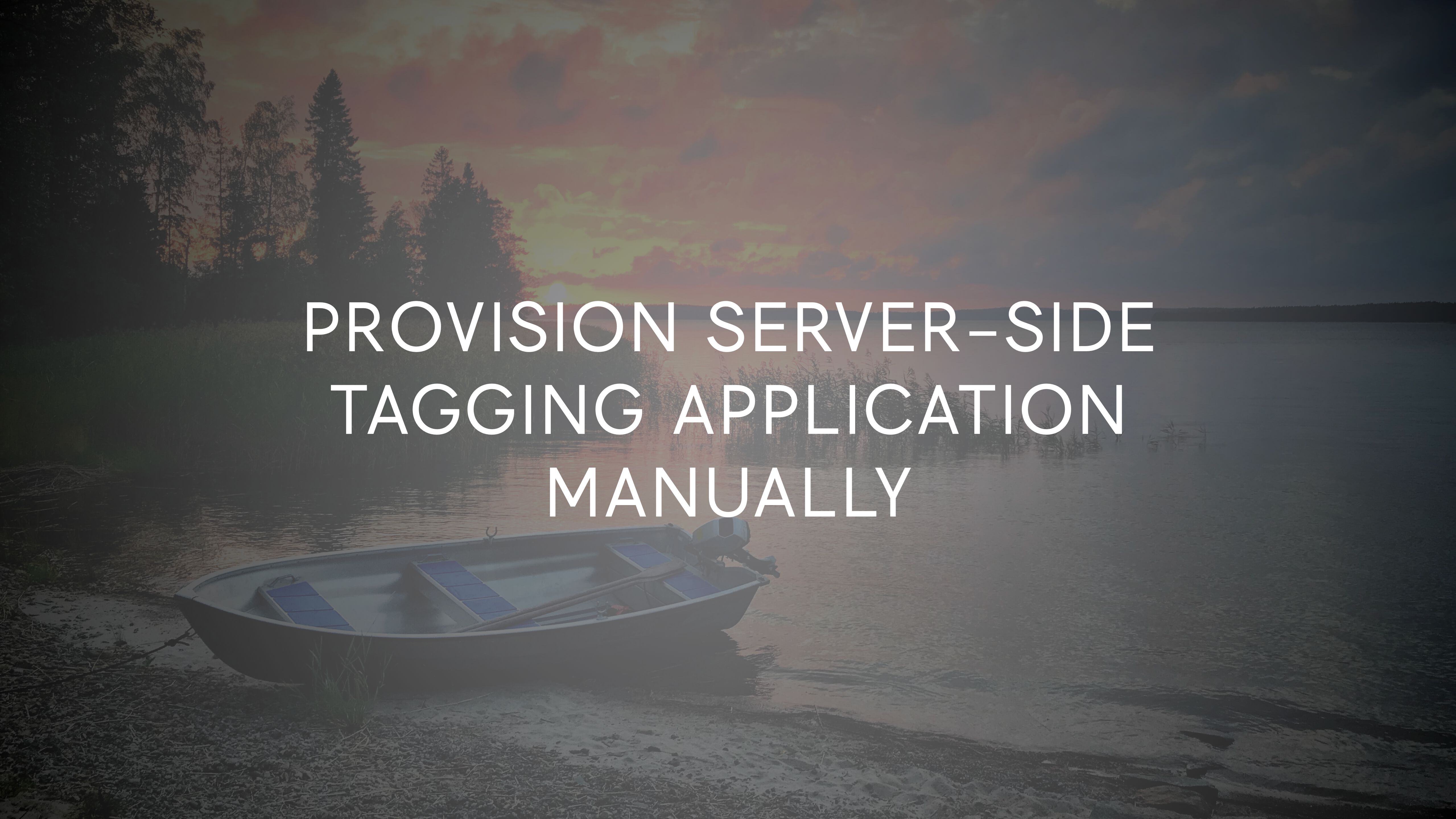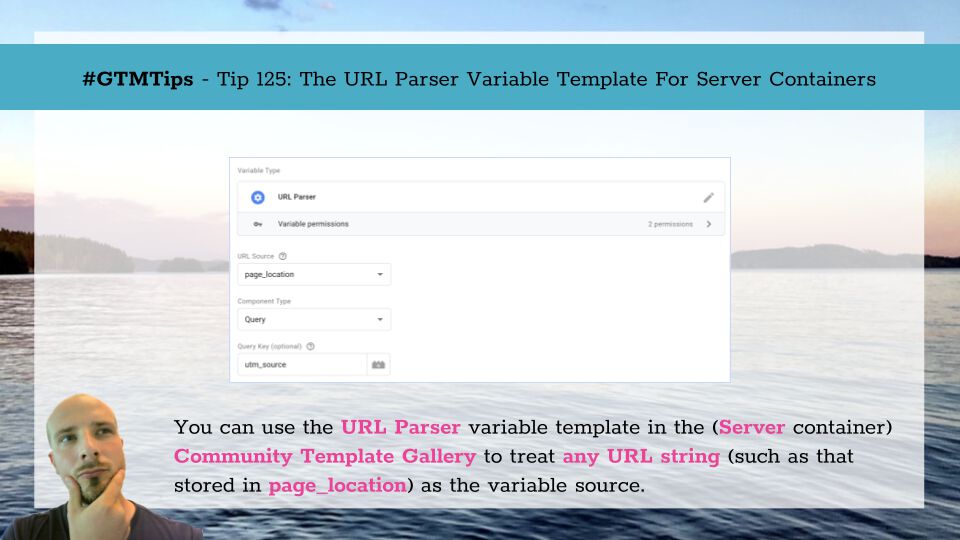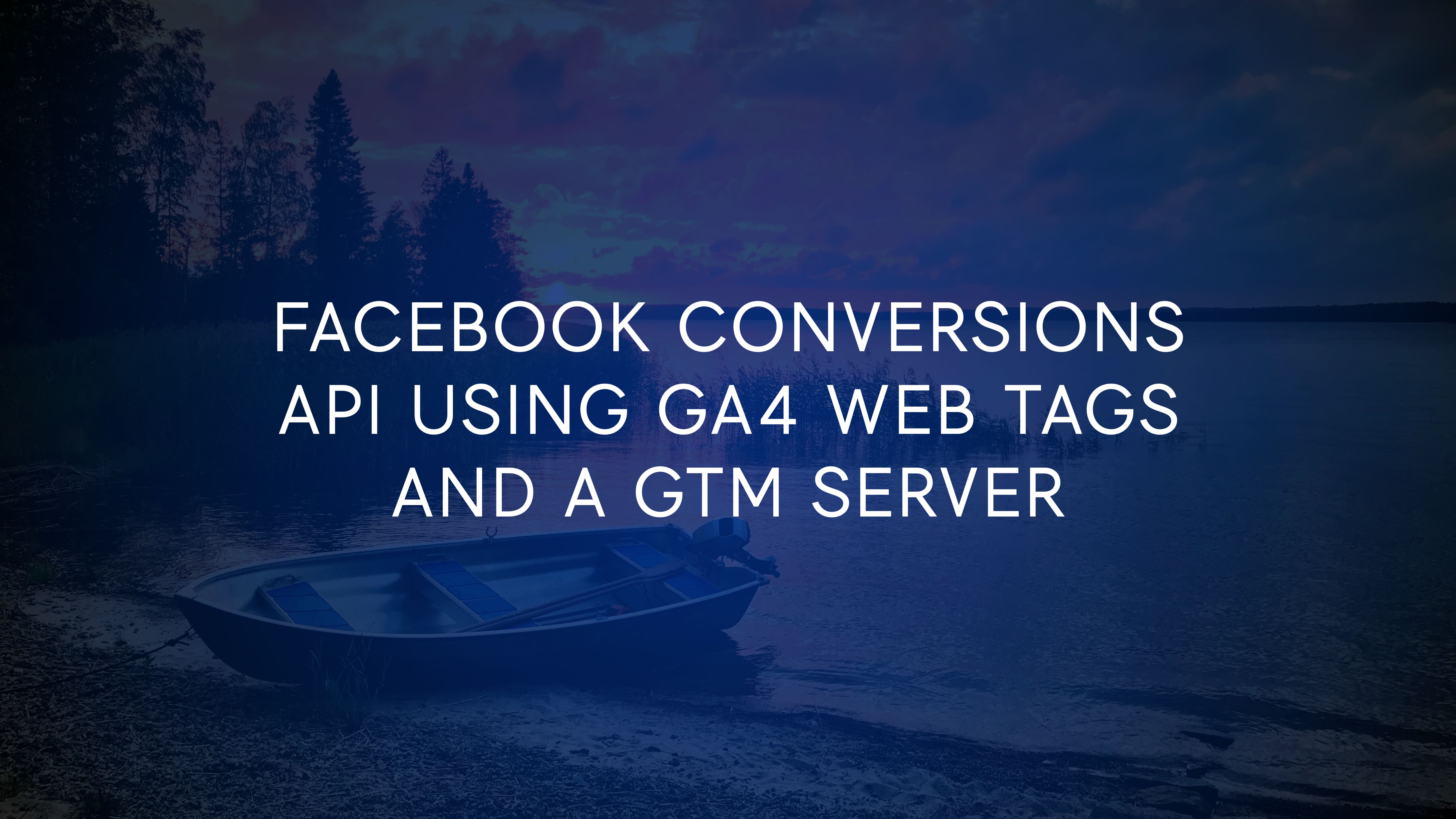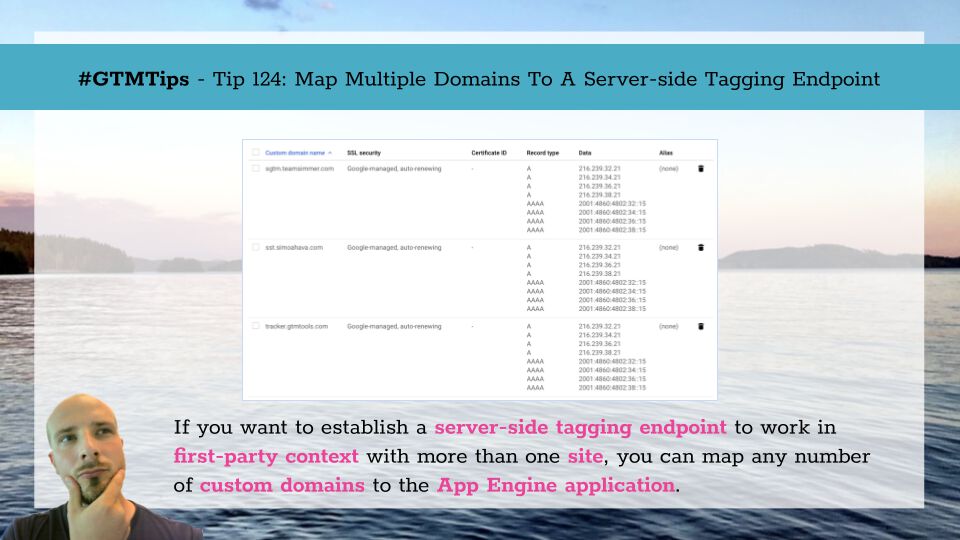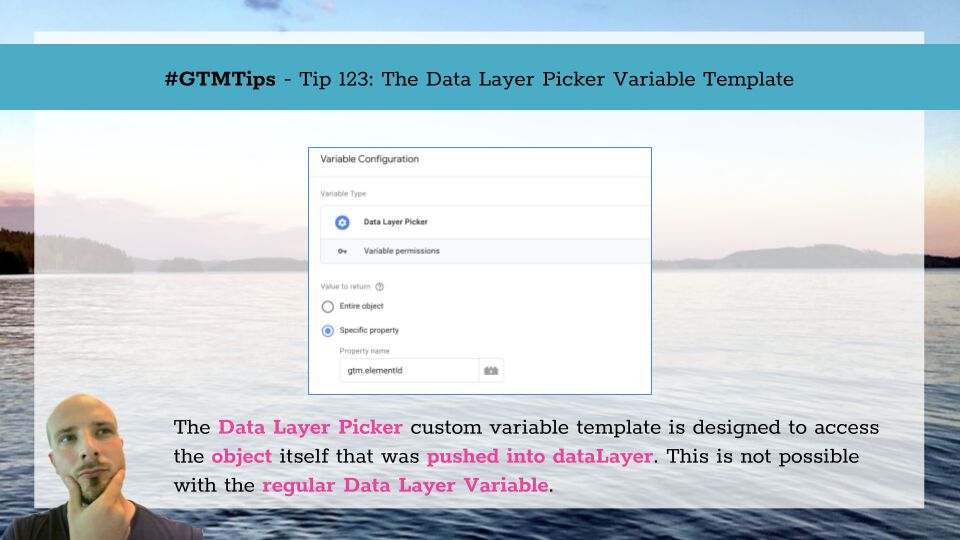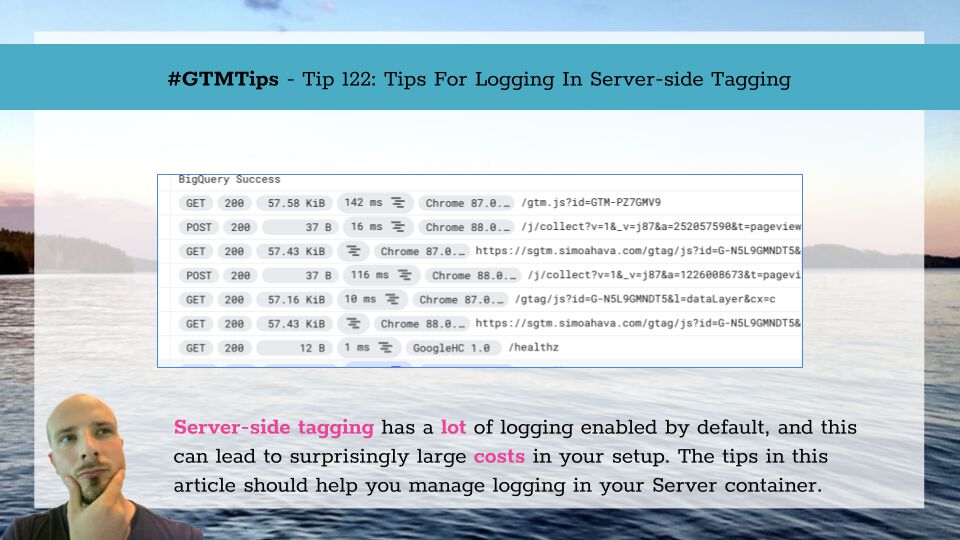The automatic provisioning process of the Google Tag Manager server-side tagging service is extremely useful.
With just a few clicks of the button, you can have a fully functional (albeit limited to testing use) server-side tagging endpoint on the Google Cloud Platform (GCP).
For a video overview of the automatic deployment, see this video.
However, the automatic provisioning process creates a new Google Cloud Platform project and, at the time of writing, always deploys the App Engine application (on which the tagging server runs) in the us-central-1 GCP region.
